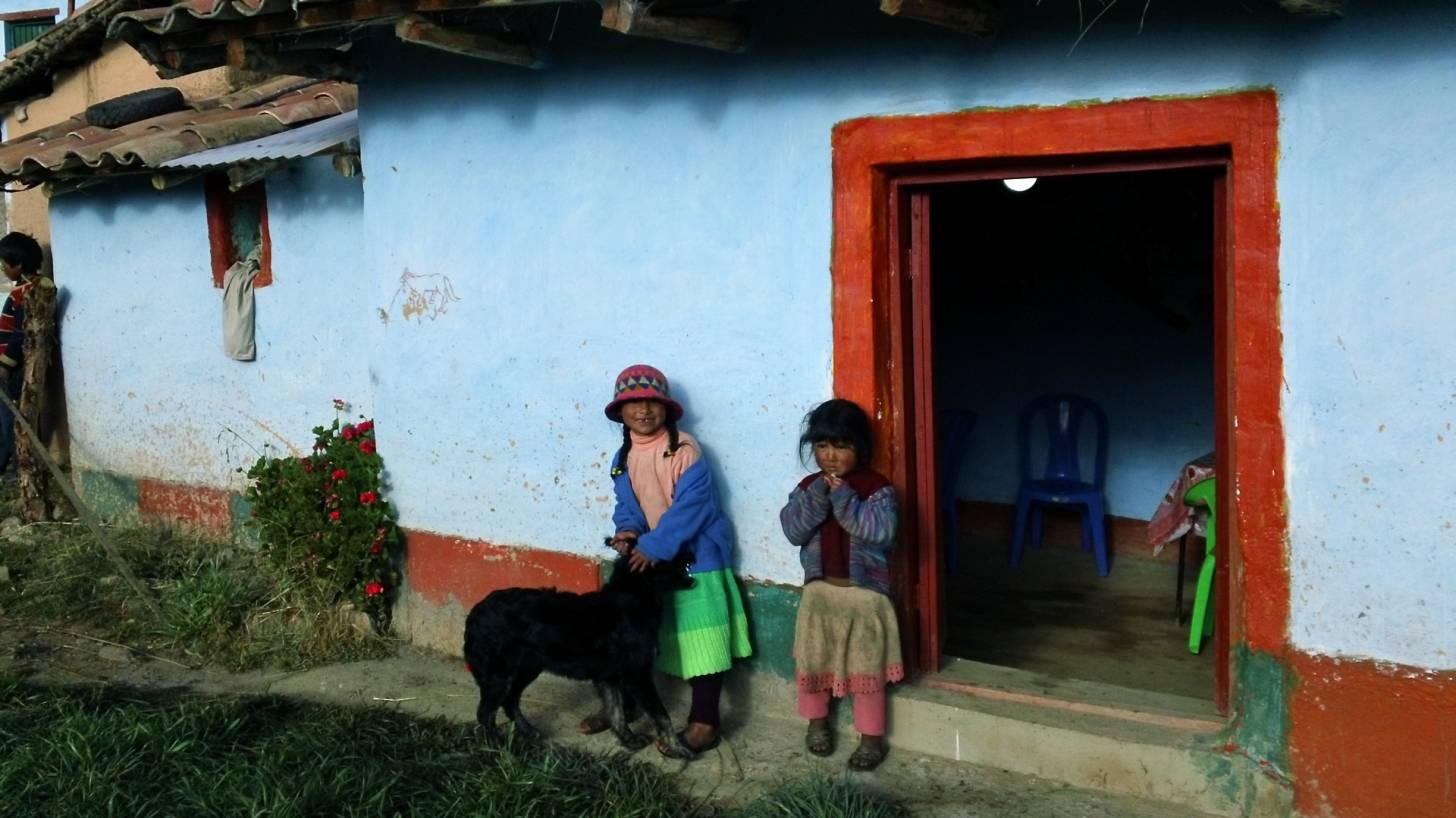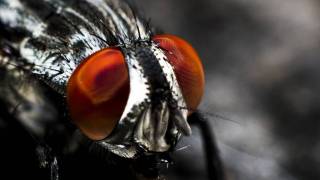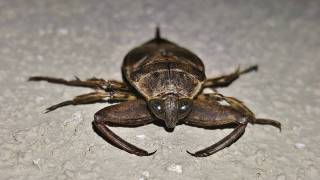Kissing-Bug Rapid Testing Found Very Sensitive and Specific

The combined use of commercially available rapid diagnostic tests (RDT) was found effective for accurately diagnosing chronic Chagas disease, according to a study led by the Barcelona Institute for Global Health (ISGlobal).
‘These RDT could be used to diagnose chronic Chagas in highly endemic regions with poorly equipped laboratories,’ said these researchers in a press release published on December 19, 2019.
This is important news since Chagas disease affects about 7 million people worldwide, exerting its highest impact in the rural areas of Mexico, Central America, and South America.
Moreover, there are no preventive vaccines available for Chagas disease.
This study was published in PLoS NTDs and showed a high prevalence of Chagas infection in the testing region: 44 percent of the analyzed samples were found positive.
“The results of this study support the use of rapid diagnostic tests as an alternative to conventional serological methods in the Chaco and other highly endemic regions,” said Julio Alonso-Padilla, Ph.D., ISGlobal researcher and coordinator of the study.
The conventional serological tests (ELISAs) used to diagnose the Chagas disease are not practical to perform since they require equipped laboratories. In contrast, RDTs are easy to use, do not need cold storage, and require small quantities of blood.
In a previous study published in 2017, this research team had already suggested using 2 rapid tests as an alternative to serological techniques for Chagas diagnosis.
The new study used the same Wiener recombinant and Wiener lysate antigen ELISA tests as described in 2017. In case of discordance between them, a third ELISA test was used; Chagatek, Laboratorio Lemos, Buenos Aires, Argentina.
“We have now taken the RDTs to the field, to test them in screening campaigns performed by mobile teams,” explained Dr. Alonso-Padilla.
This new study used 685 samples obtained in the Chaco region of Bolivia to compare results from both RDTs – either combined or separately – with the standard ELISA performed in a laboratory.
They found that the combined use of both RDTs had a sensitivity (i.e. the capacity to detect positive cases) of 97 percent and specificity (i.e. the capacity to discern negative cases) of 96.1 percent, compared to the standard algorithm based on ELISAs.
Chagas disease was discovered in 1909 and is caused by the parasite Trypanosoma cruzi, which is transmitted to animals and people by insect vectors, called triatomine bugs. These blood-sucking bugs get infected when biting an infected animal or person, said the US Centers for Disease Control and Prevention (CDC) during February 2019.
People can become infected with Chagas in several ways.
In geographic areas where Chagas disease is common, the main way is through vectorborne transmission. Once infected, the bugs pass the parasites in their feces.
These bugs are found in houses made from materials such as mud, adobe, straw, and palm thatch. During the day, the bugs hide in crevices in the walls and roofs.
During the night, when the inhabitants are sleeping, the bugs emerge. Because they tend to bite people’s faces, triatomine bugs are also known as “kissing bugs”, says the CDC.
Up to 30 percent of chronically infected people develop cardiac alterations and up to 10 percent develop digestive, neurological or mixed alterations which may require specific treatment.
There are 2 approaches to Chagas disease therapy, that can be life-saving include:
- Antiparasitic treatment is most effective early in the course of infection but is not limited to cases in the acute phase. In the United States, there are two types of treatments available. Benznidazole is approved by the FDA for use in children 2–12 years of age and is commercially available. Nifurtimox is not currently FDA approved and is available under an investigational protocol from CDC.
- Symptomatic treatment may help people who have cardiac or gastrointestinal problems from Chagas disease. For example, pacemakers and medications for irregular heartbeats may be life-saving for some patients with chronic cardiac disease.
Although this study obtained very good results using RDTs in the Bolivian Chaco, RDTs have been previously described to have limitations to their performance depending on the geographic region where they are used.
Chagas disease news
- Tracking Infectious Diseases in Central America & Caribbean
- ‘Bugapalooza’ Launches at the National Museum of Health and Medicine
- Will Texas Develop the 1st Chagas Vaccine?
This project was partially funded by the InterAmerican Development Bank (IDB) through its “Cooperación Técnica BID ATN/JO-14806-RG Promoción del Control de la Enfermedad de Chagas en la región del Gran Chaco”, in an alliance between IDB, Fundación Mundo Sano, and the government of Japan Special Fund for the Reduction of Poverty. The authors also acknowledge the collaboration of the Platform for Integral Care of Chagas disease Patients funded by the Spanish Cooperation (AECID: PC040056-60164-ST).
No conflicts of interest were disclosed
Travel vaccine news published by Vax-Before-Travel.
Our Trust Standards: Medical Advisory Committee
- Use of rapid diagnostic tests (RDTs) for conclusive diagnosis of chronic Chagas disease – field implementation in the Bolivian
- The Combined Use of Two Rapid Tests is Effective for Accurte Diagnosis of Chronic Chagas Disease in the Field
- Rapid diagnostic tests duo as alternative to conventional serological assays for conclusive Chagas disease diagnosis
- Chagas disease (American trypanosomiasis)
- CDC: Parasites - American Trypanosomiasis (also known as Chagas Disease)






